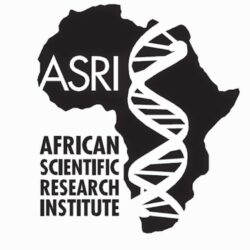
African Scientific Research Institute
Forever indebted to those who paid the supreme price of slavery in the land of the free

Forever indebted to those who paid the supreme price of slavery in the land of the free
ASRI’s Research Initiatives
Produces basic and applied research complemented by related education initiatives
Illinois Forgotten Black Pioneers: Rediscovered in “In Search of DeSable”:
Jean Baptiste Point de Sable (c. 1740-1818) was the founder of modern Chicago
Overall, “The Search for De Sable” project includes three facets.
If Point De Sable’s remains are found several evaluations and events will take place
Negotiation for ASRI research has commenced for inclusion in the PBS documentary “From DeSable to Obama”.
Facial Reconstruction Project for Historical Illustration

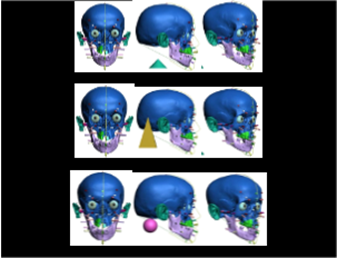
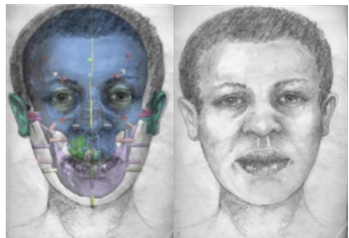
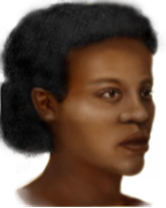

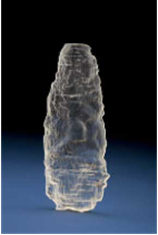
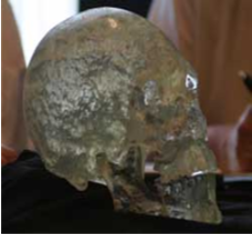
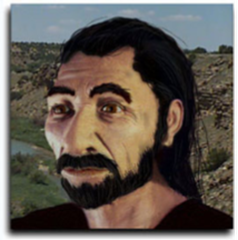
This Innovative Cultural Heritage Institute already located inside the Pembroke education program:
Presents students with an opportunity to produce basic and applied research complimented by related education initiatives to enhance “academic excellence”
The ASFS program’s multi-faceted approach combines archaeological investigations, literature reviews, historical studies, geographic investigations, and earth science fieldwork
Students at the field school will learn from scientists and specialists in Anthropology, Archaeology, Ecology, Biology, Geology, Zoology, Paleontology, and rural and urban environmental planning.
The courses include hands-on training for students and employs global geographic information systems (GIS), and environmental archeological surveys and excavations
Syllabus focus includes prehistoric land-mass, historic settlement of the area, the geological history of the region, native plant and animal communities, and ecology of the area.
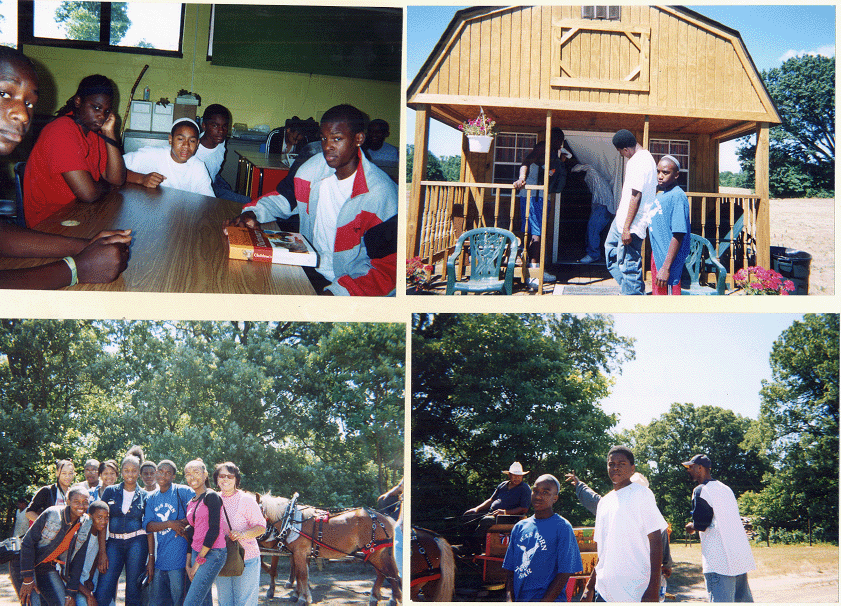
© African Scientific Research Institute 2024. Powered by WordPress